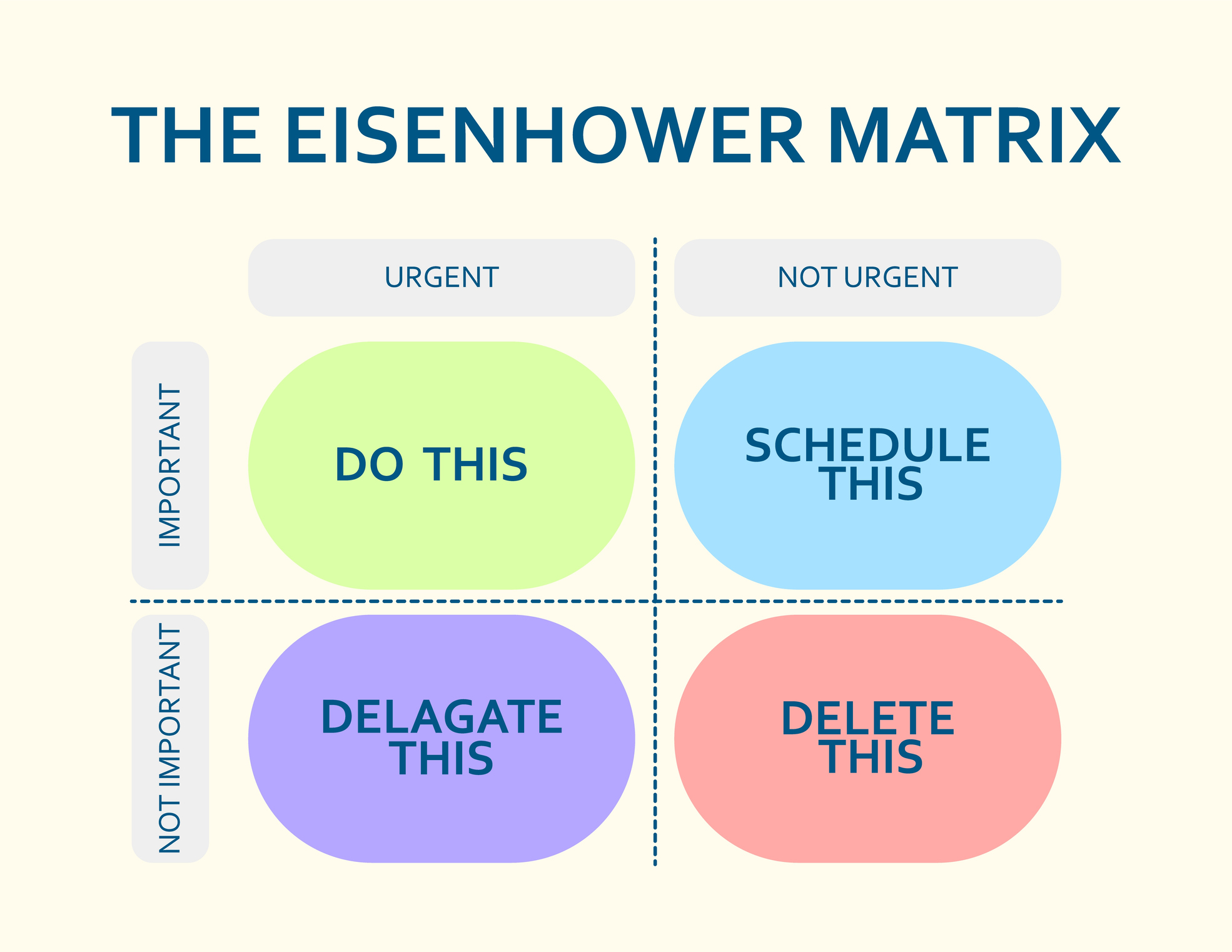What Is project prioritization? This article gives you hands-on techniques for determining which projects should receive the green light for your project portfolio and which should wait in the wing.
Would you like to deepen your understanding of project portfolio management?
We recommend our article "Project Portfolio Management - An Introduction For Practitioners With Little Time On Their Hands", which goes into the subject in detail.
Mastering Project Prioritization: A Crucial Element for PMOs
What Is Project Prioritization?
Project prioritization is the systematic process of evaluating, ranking, and selecting projects based on their alignment with organizational goals, resources, and constraints. In essence, it is the art and science of determining which projects should receive the green light and which should wait in the wings.
Why Is Project Prioritization Important?
The importance of project prioritization cannot be overstated. In a dynamic business environment with finite resources, making strategic decisions about where to invest time, money, and effort is paramount. Effective project prioritization ensures that the limited resources are allocated to projects that align with the organization's objectives, delivering maximum value and impact.
But how does it work? Commonly, organizations rely on some sort of spontaneous gut feeling for gauging project relevance. But especially when there are quite a number of projects competing for the same resources and management attention, a more formal approach can come in handy. Let's take a closer look at a few common approaches.
1. MoSCoW Framework:
The MoSCoW Framework is a simple yet powerful method that helps prioritize projects within a portfolio. The acronym MoSCoW stands for Must-haves, Should-haves, Could-haves, and Won't-haves.
Must-haves: These are non-negotiable elements critical to the project's success. Failure to include them could lead to project failure.
Should-haves: Important elements that enhance the project's value but are not essential. They contribute significantly but are not deal-breakers.
Could-haves: Desirable elements that are nice to have but won't significantly impact the project if excluded. They are considered after addressing must-haves and should-haves.
Won't-haves: Elements explicitly excluded from the project scope. Defining what won't be included is as crucial as defining what will be, preventing scope creep.
If you want to give it a try, we recommend getting together with all members of the PMO - and preferably other stakeholders (e.g. all project sponsors of a certain vertical within the project portfolio) - to conduct the assessment in a workshop setting. This not only allows for bringing in multiple views and information, but it also tends to increase a common sense of understanding.

2. Matrix Methods (e.g., Eisenhower Matrix):
The Eisenhower Matrix is a visual tool that categorizes projects into four quadrants based on urgency and importance. In a sense, it is similar to the MoSCoW framework. Spanning a matrix of the two axes - i.e. urgency and importance - results in the following four quadrants.
Urgent and Important: projects in this quadrant require immediate attention and are crucial to project success. They should be prioritized first.
Not Urgent but Important: projects that contribute significantly to long-term project goals but may not require immediate attention. They should be planned and scheduled.
Urgent but Not Important: projects that demand immediate action but have less impact on the project's overall success. Delegate or minimize time spent on these.
Neither Urgent nor Important: Low-priority projects that can be considered for elimination or addressed when time allows.
The Eisenhower Matrix offers a quick and intuitive way to prioritize projects. At the end of the day, the absolute position within the grid is not really important. The relative position projects have towards each other is the information you are looking for. Once again, If you want to give it a try, we recommend getting together in a workshop setting. The same arguments brought forward for MoSCoW apply.

3. Scoring Methods:
Scoring methods involve assigning numerical scores to projects based on predefined criteria. The idea is that you rank your projects on certain criteria - whilst each criterion has a certain scale (e.g. 1-10, low/medium/high, and so on). Criteria commonly include strategic fit, resource requirements, and feasibility.
Strategic Fit: Assess how well a project aligns with organisational goals and objectives.
Resource Requirements: Evaluate the resources, both human and material, needed for successful project completion.
Feasibility: Consider the practicability and feasibility of implementing the project under existing constraints.
Scoring methods enable a quantitative comparison of projects, allowing organizations to allocate resources to projects that align most closely with strategic objectives. The trouble lies in choosing suitable criteria and scales - and also aggregating the values to an overall score. Commonly, PMOs tend to weigh certain criteria more than others. You can reflect this in your aggregation method quite simply by multiplying the criteria scores with an assigned weight. These methods are great for creating quick lists - but tend to be a bit fidgety. Especially, when numerous projects score at the same level.
4. In-/Out-Of-Scope Approach:
The In-/Out-Of-Scope Approach involves focusing on clearly defining project scope and excluding projects falling outside defined boundaries.
Clearly Defined Scope: Precisely outline what is included and what is excluded from the project.
Alignment with Objectives: Ensure that the defined scope aligns closely with organizational objectives.
This approach prevents scope creep, maintains project focus, and ensures that resources are dedicated to projects directly contributing to organisational goals. It is a great gateway and an approach you may want to consider combining with other methods.

5. Financial Approach (e.g., ROI, Payback Period, Budget/Cost, Effect-Pareto):
The Financial Approach evaluates projects based on their financial viability and potential return on investment. Commonly, the following criteria are used:
Return on Investment (ROI): Measures the profitability of an investment by comparing the net gain to the initial cost.
Payback Period: Calculates the time it takes for the initial investment to be recouped through project benefits.
Budget and Cost: Assess the financial implications and feasibility of the project within defined budget constraints.
Effect-Pareto Analysis: Identifies and focuses on the most impactful projects based on the Pareto principle.
This approach ensures that resources are allocated to projects with the highest financial impact, aligning with organizational financial goals. However, it requires that you happen to know the financial aspects of projects pretty well early on in the idea phase. We hence seldom recommend going with the financial approach early. But we heavily recommend combining this approach with a suitable stage gate system (e.g. Degrees of Implementation). Feel free to go down this particular PMO and PPM rabbit hole here.
When Is a Good Time to Prioritize?
Project prioritization is not a one-time event; rather, it's an ongoing process woven into the fabric of project management. However, specific junctures necessitate a keen focus on prioritization:
1. Strategic Planning Sessions:
- Align project prioritization with strategic planning sessions to ensure projects contribute directly to overarching organizational goals.
2. Resource Allocation Reviews:
- Regularly review and adjust project priorities during resource allocation assessments to optimize resource utilization.
3. Change in Organizational Landscape:
- Adapt project prioritization when there are shifts in market dynamics, internal priorities, or technological advancements.
4. Project Milestones and Reviews:
- Take advantage of project milestones and review points to reassess priorities and realign projects with evolving requirements.
5. Stage Gate Changes
We touched upon stage gates briefly already and the topic deserves its own article (luckily, you can find it here). To keep things short at this point: especially when projects are passing on to another stage gate, information is readily available and can/should be used to re-prioritize the project portfolio.
Common problems: Stomach Ache and Glitchy Prio-Lists
Effective project prioritization is one of the many cornerstones of successful project portfolio management. PMOs that master this art not only enhance their decision-making capabilities but also pave the way for sustained organizational success. But you may run the risk of making things too complex. Especially when using a mathematical approach. Sure-tell signs that the latter is the case are stomach ache (otherwise called total misalignment of gutfeel and calculated prioritization), and glitchy prio-list. Glitchy prio-lists occur, when changing input factor just a little bit, resulting in vastly different prioritization. Look out for these two aspects when choosing your method of choice
Do you already know our PPM software Falcon?
For many years, Nordantech's experts have been developing Falcon, a lightweight software solution that can be used for project portfolio monitoring and the achievement of strategic corporate goals. Leading companies have already used Falcon in their project portfolios.
We would be happy to provide a detailed demonstration of Falcon in a personal meeting.

